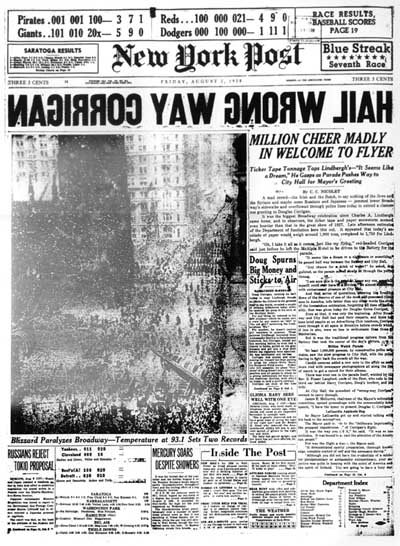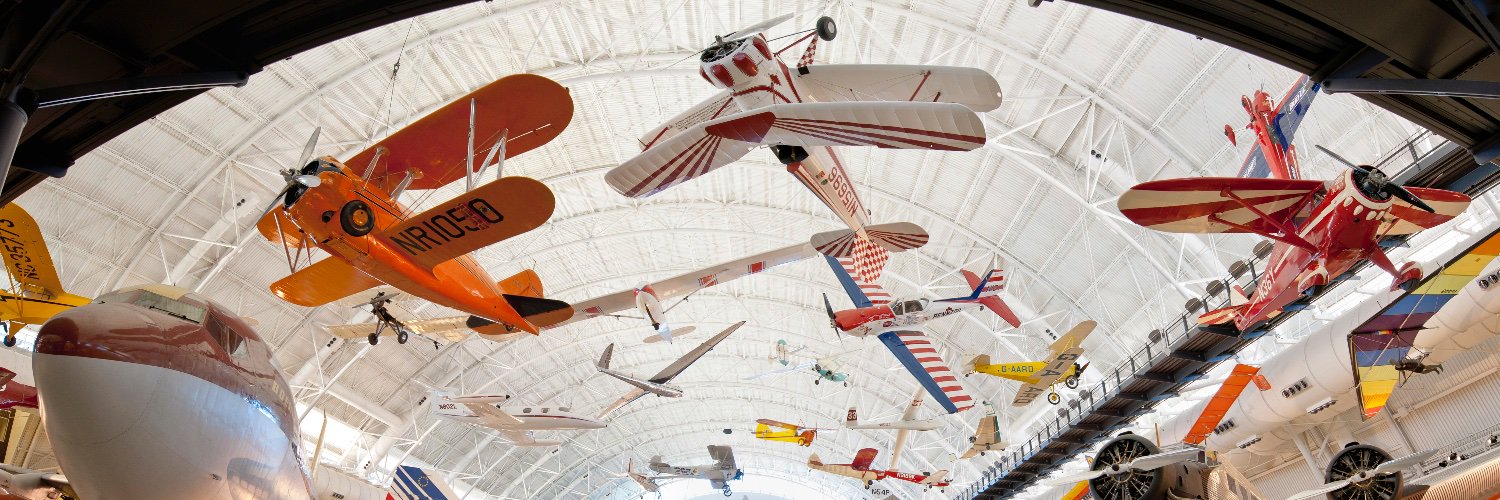
National Air and Space Museum
@airandspace
Sharing inspiring stories, moments of awe, and one-of-a-kind artifacts from aviation and space history. Start exploring: http://airandspace.si.edu ✈️ 🚀 🪐
One of the artifacts new to the renovated "Boeing Milestones of Flight Hall" is this Lunar Orbiter engineering model. The Lunar Orbiter missions photographed most of the Moon’s surface, helping select Apollo landing sites. Learn more in a new blog: s.si.edu/4kQnAMf
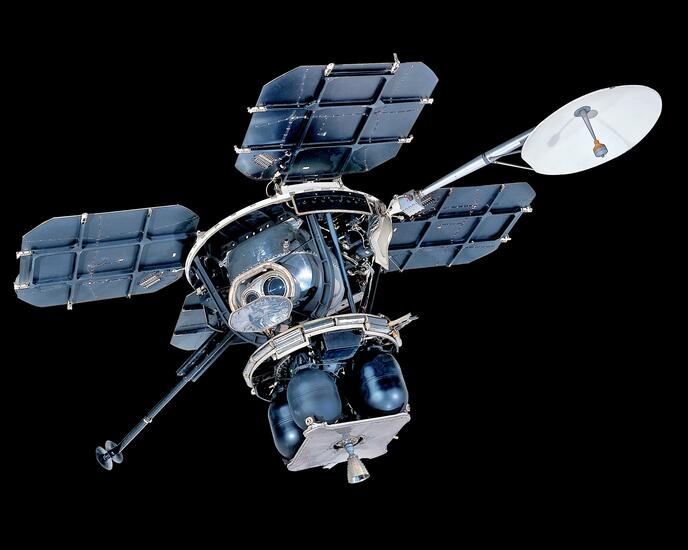
After the hatch of Gus Grissom's Liberty Bell 7 blew suddenly after splashdown today in 1961, it began to sink. The Marine Corps helicopter tried to recover it, but the water flowing in made it too heavy. The capsule remained at the bottom of the ocean until 1999.
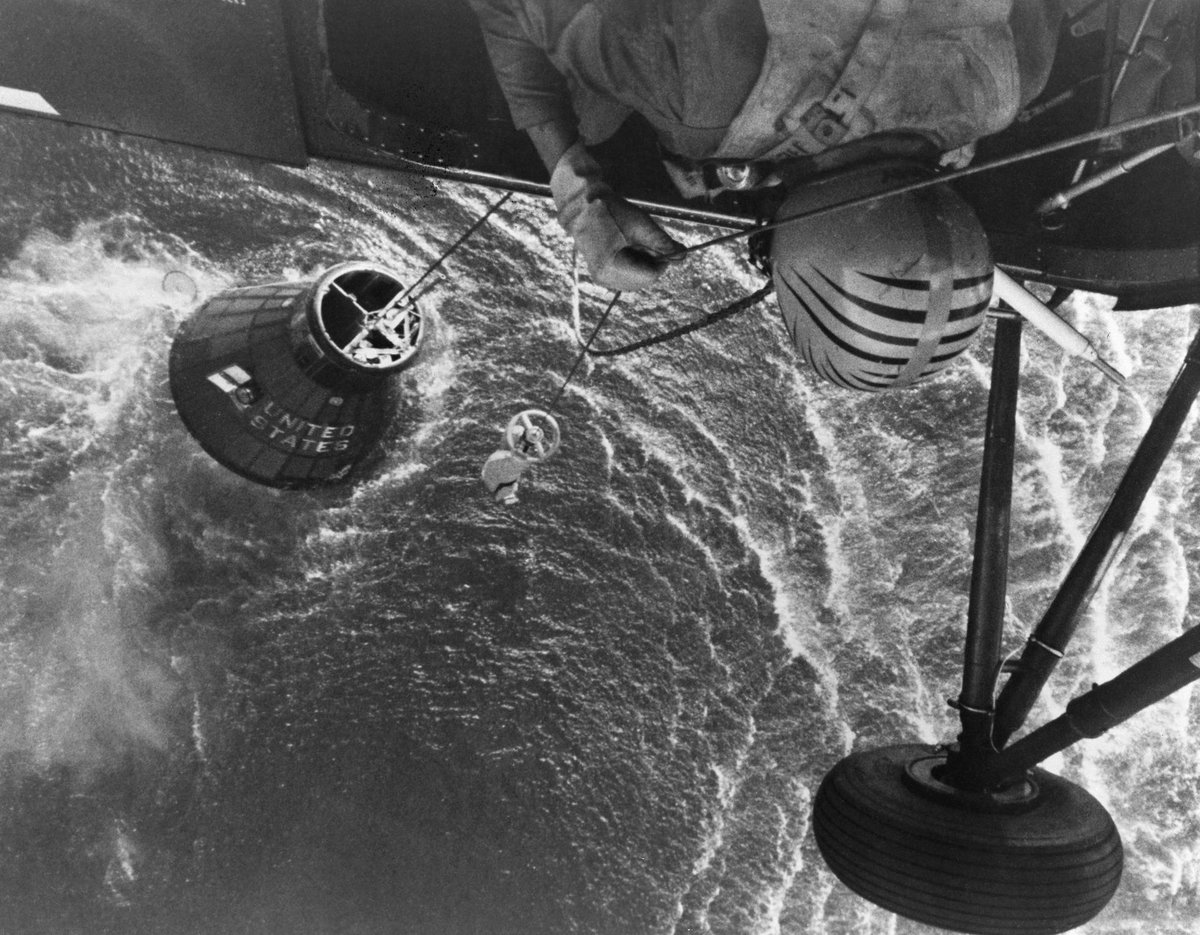
Today in 1946, the McDonnell FH-1 Phantom became the first U.S. jet aircraft to take off from and land on an aircraft carrier. It was the first U.S. jet fighter to enter operational service with both the Navy and Marine Corps: s.si.edu/3SilUiS
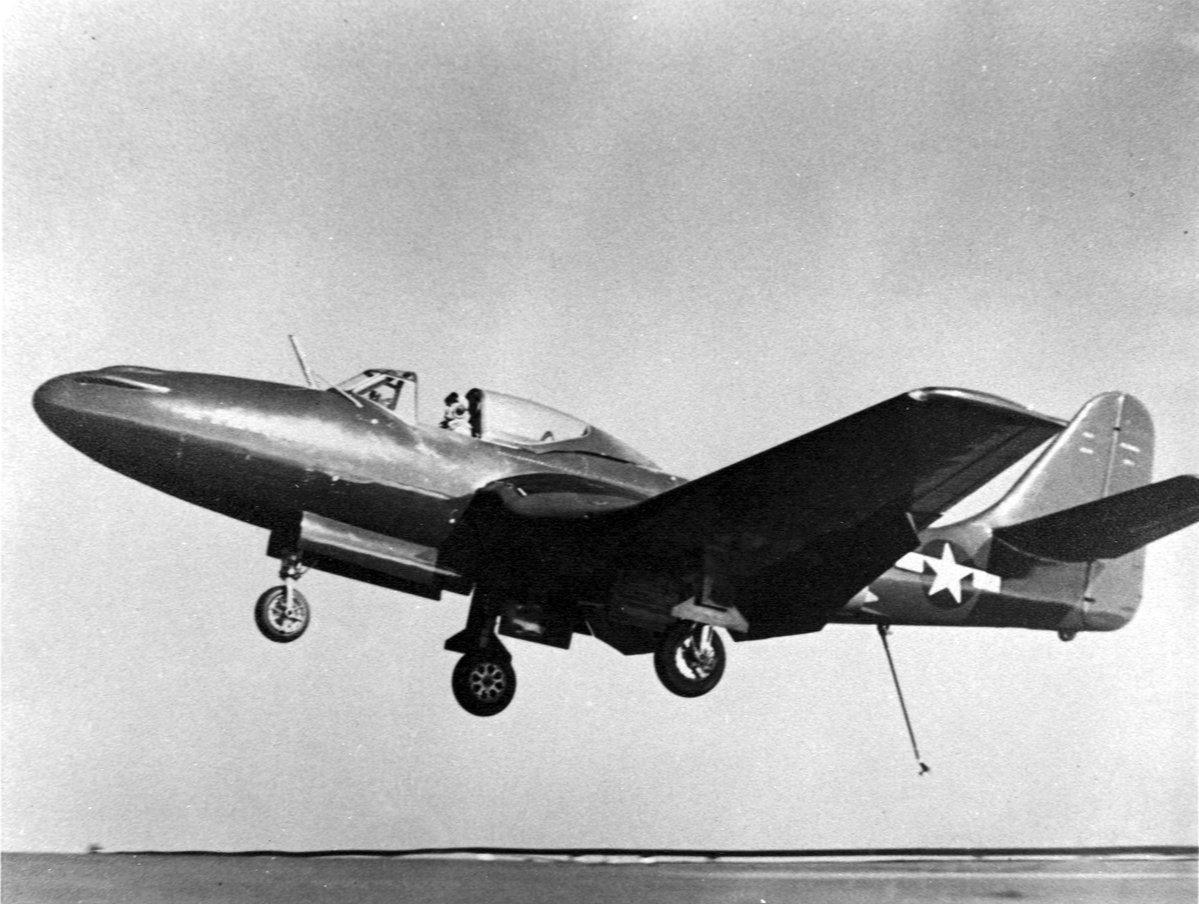
On this day in 2011, Space Shuttle Atlantis landed at Kennedy Space Center, completing STS-135, the final mission of the Space Shuttle program.
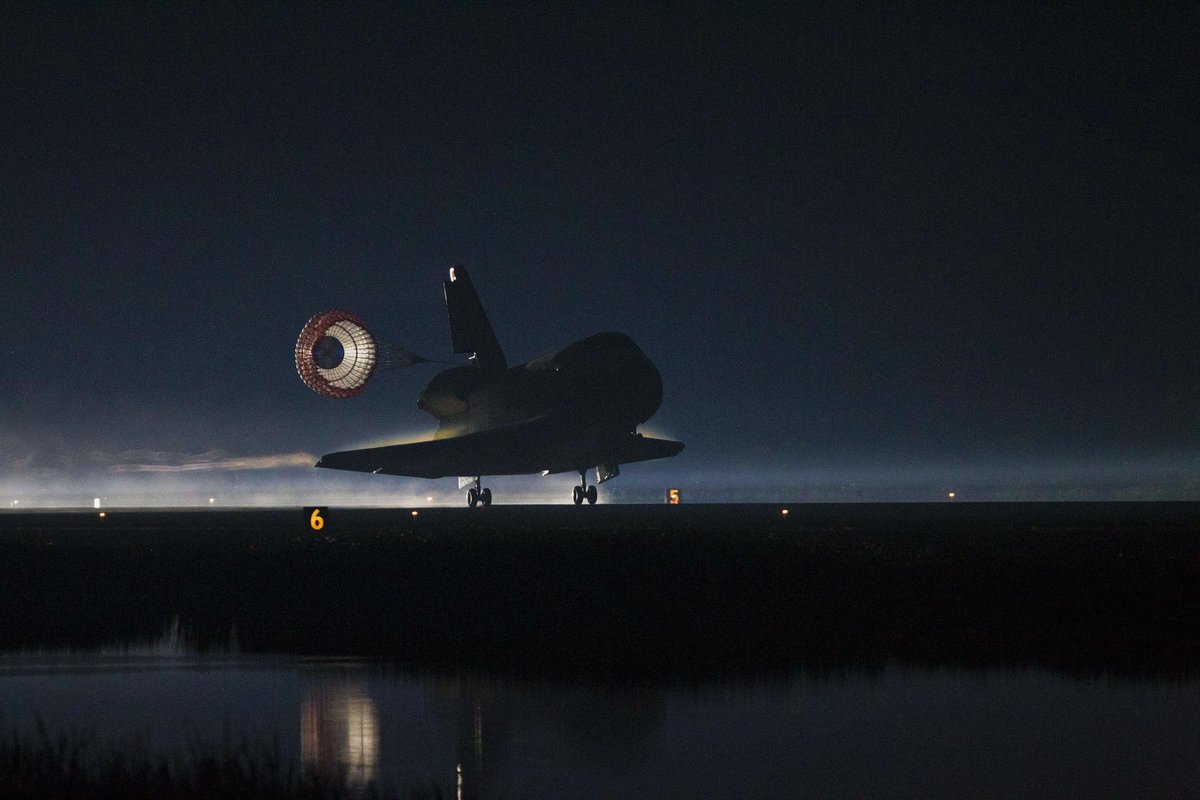
On this day in 1961, Gus Grissom became the second American in space. His suborbital flight in Liberty Bell 7 lasted about 15 minutes and almost ended in disaster. Learn more on the blog: s.si.edu/43xRxYB
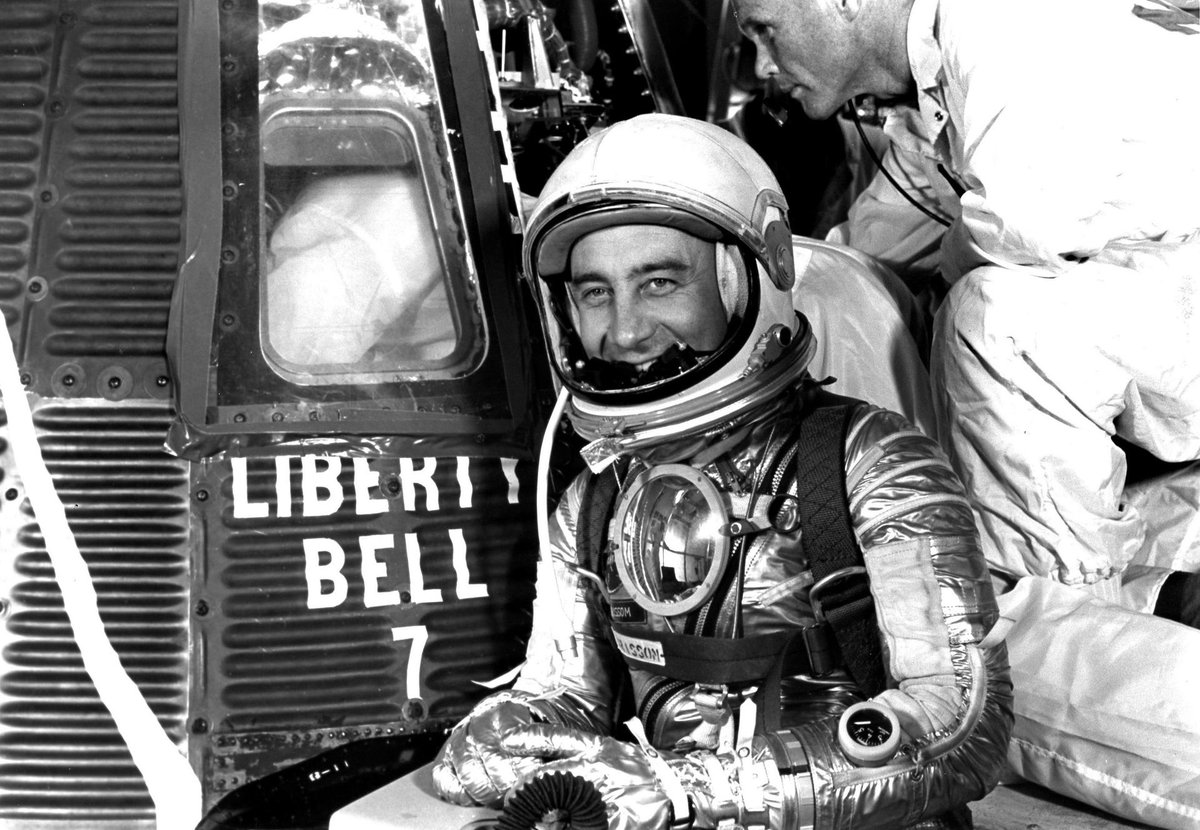
We’re in Oshkosh this week for EAA AirVenture! Are you? Stop by our tent at Booth 328 to meet our curators and collections staff — and don’t miss the casual talks at our booth throughout the week. #OSH25
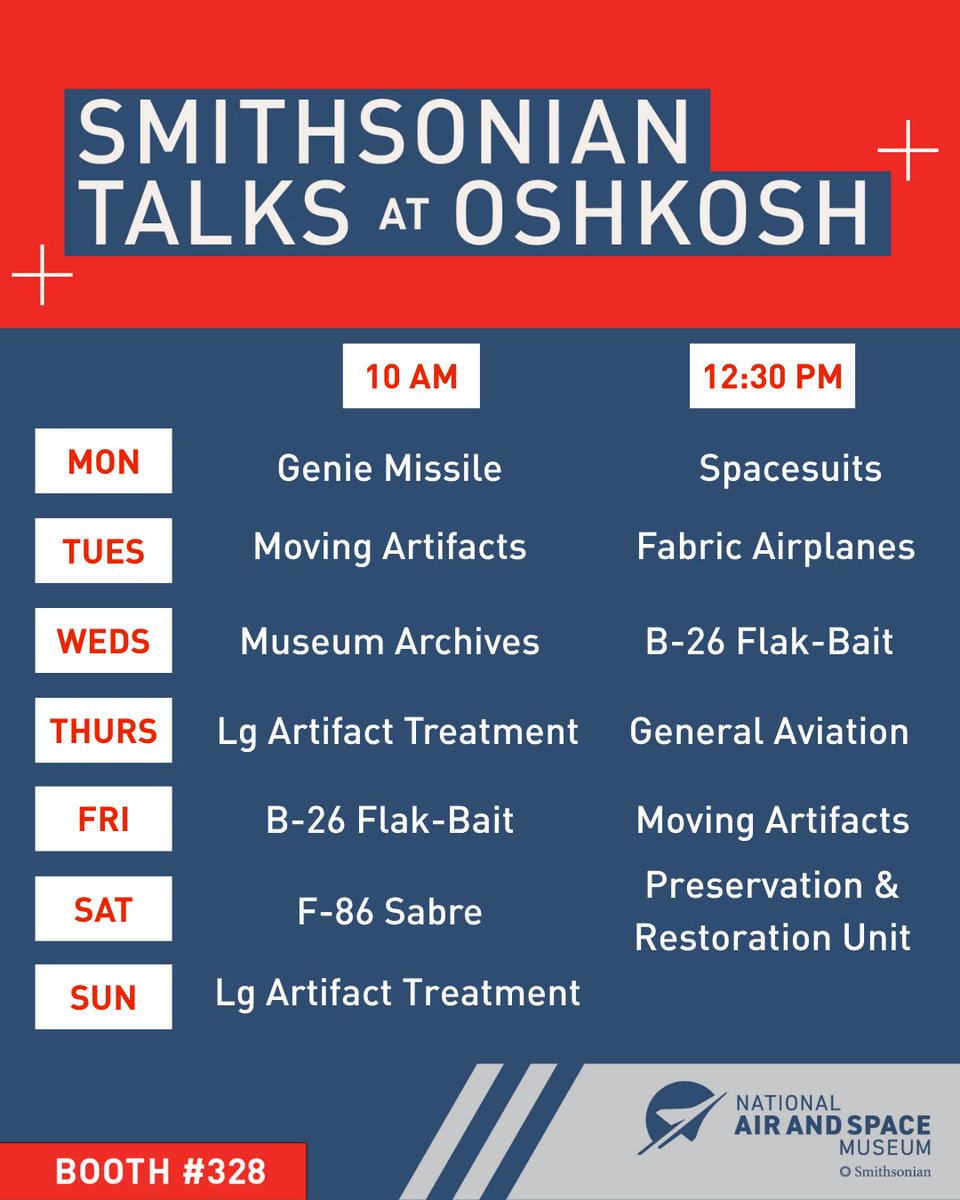
July 20, 1969, 10:56 pm ET: "That's one small step for man... One giant leap for mankind." Hundreds of millions of people tuned in around the world to watch the moment Neil Armstrong set foot on the Moon. How NASA made it happen: s.si.edu/2JusIWz
The spacesuit worn by Neil Armstrong when he took humanity's first steps on the Moon on this day in 1969 is on display in "Destination Moon." Discover how we conserved this iconic artifact: s.si.edu/3Y2agdM #AirSpacePhoto
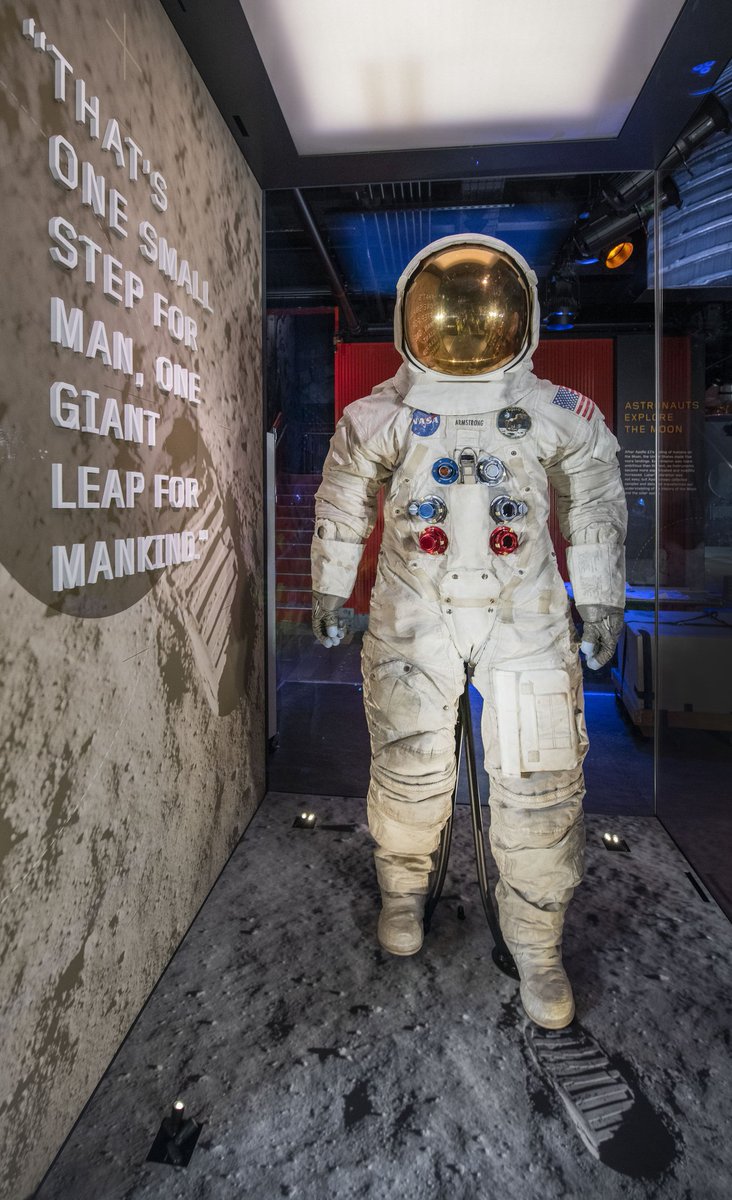
This week in 2023, two space-flown Barbies went on display at our Steven F. Udvar-Hazy Center. These Barbie dolls spent several months on the International Space Station in 2022 and join other space Astronaut Barbies on display. Learn more: s.si.edu/3rB9k42
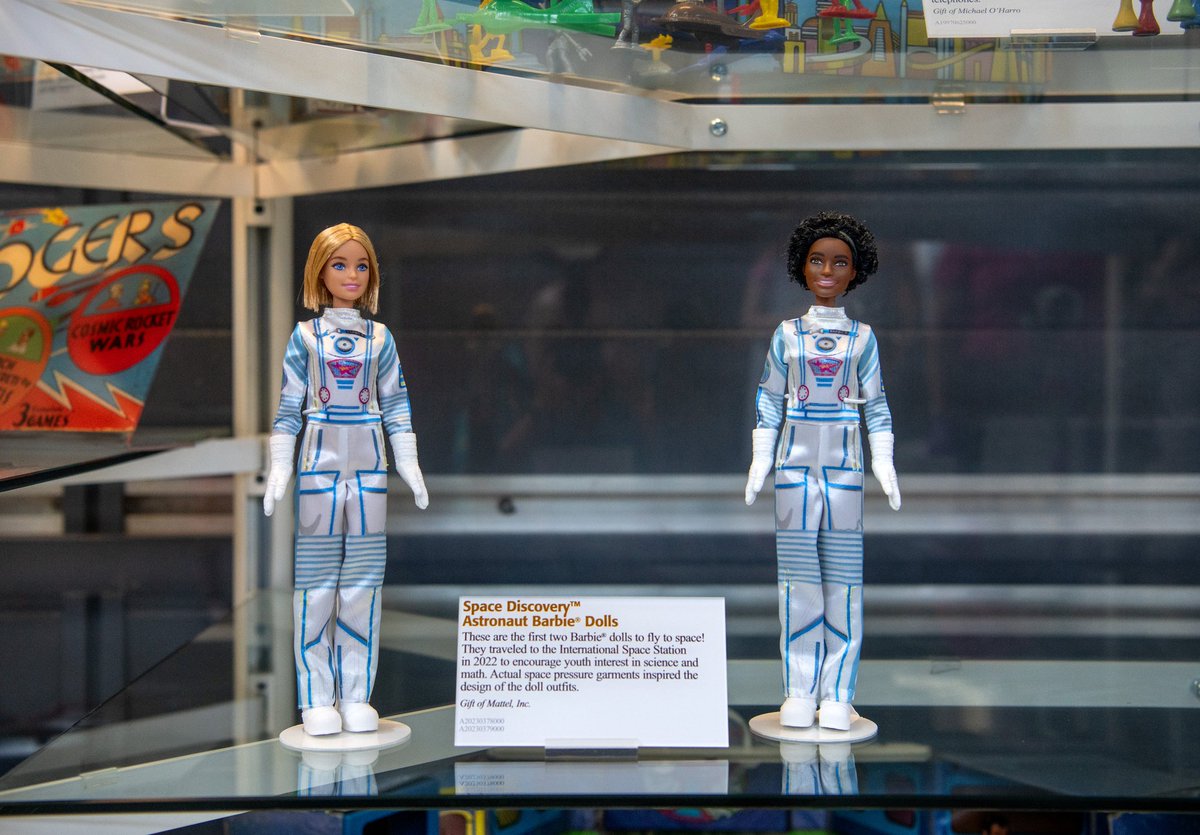
"The Eagle has wings." ➡️ "The Eagle has landed." Today in 1969, #Apollo11 astronauts Neil Armstrong and Buzz Aldrin separated lunar module Eagle from command module Columbia and landed on the surface of the Moon.
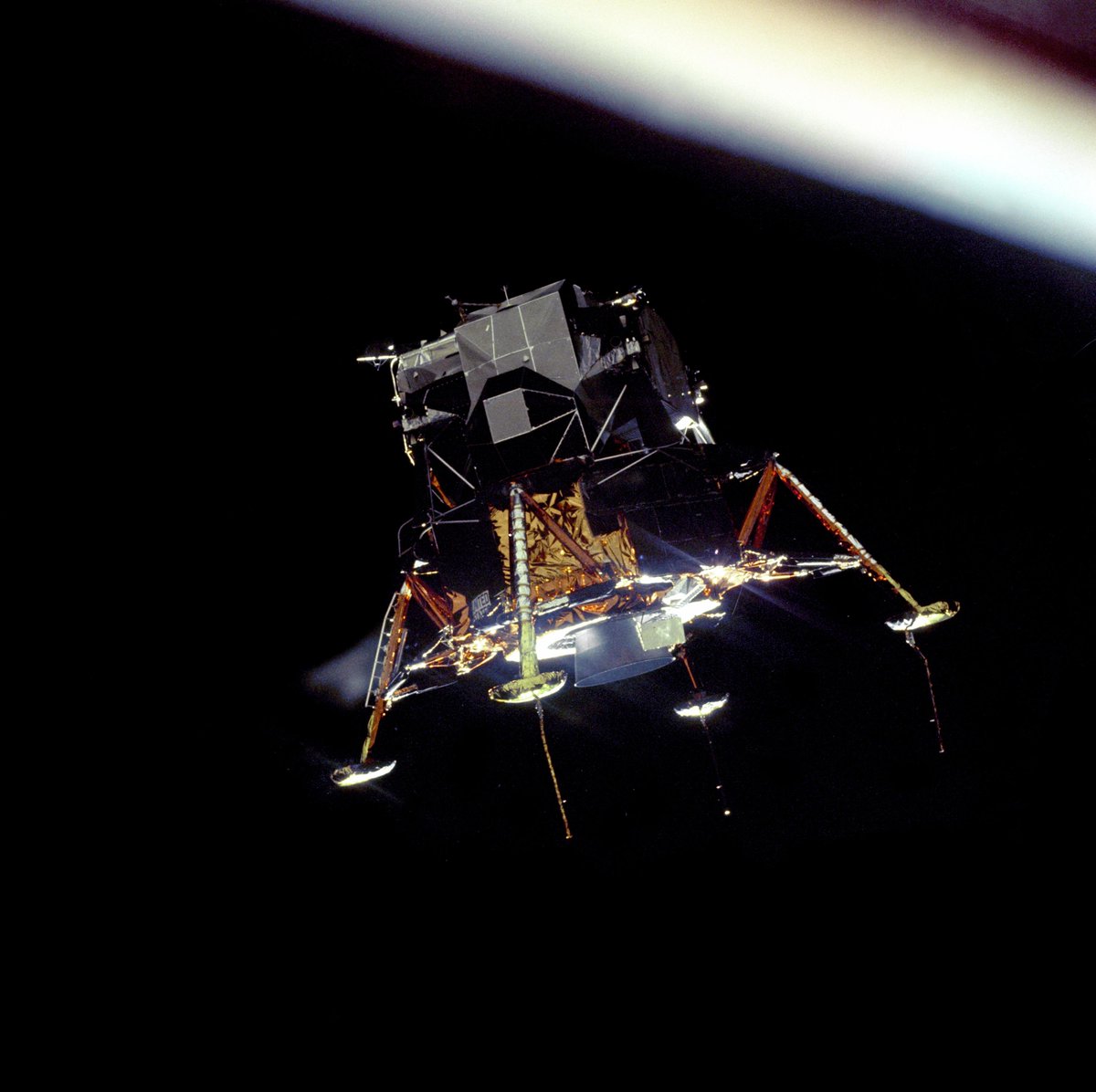
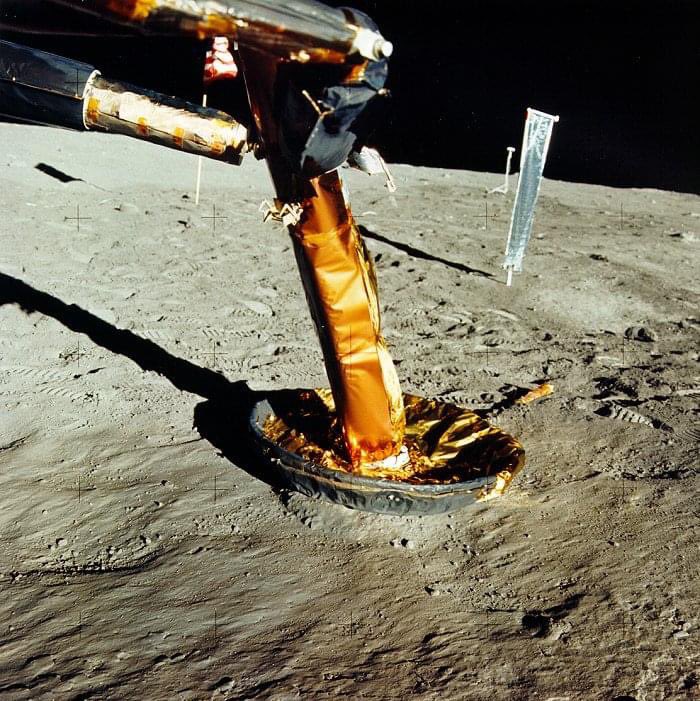
On this day in 1976, Viking 1 landed on Mars and minutes later captured the first image taken from the Martian surface. This Viking Lander proof test article is in our collection and goes back on later this month when "Boeing Milestones of Flight Hall" reopens. #AirSpacePhoto.
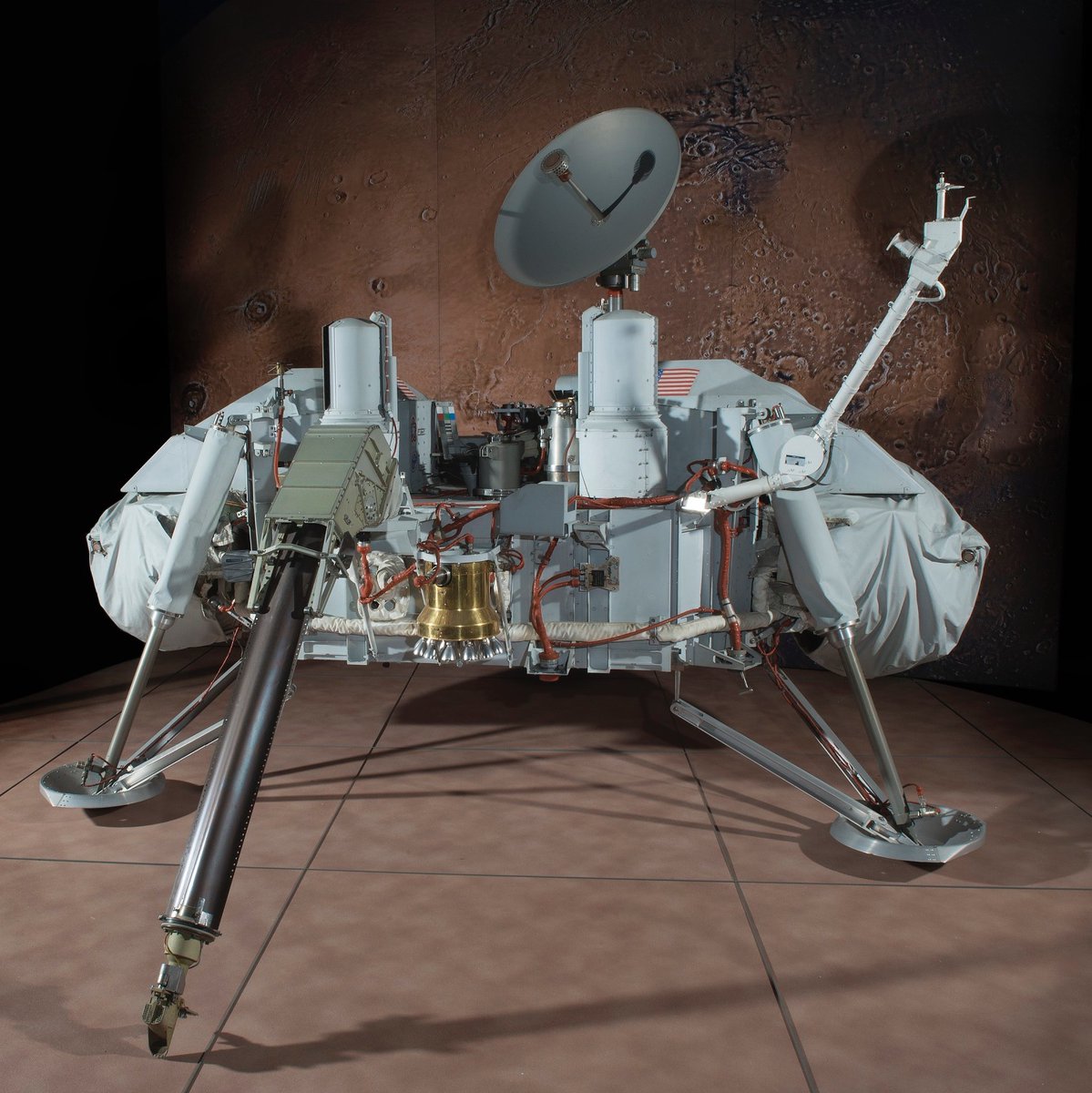
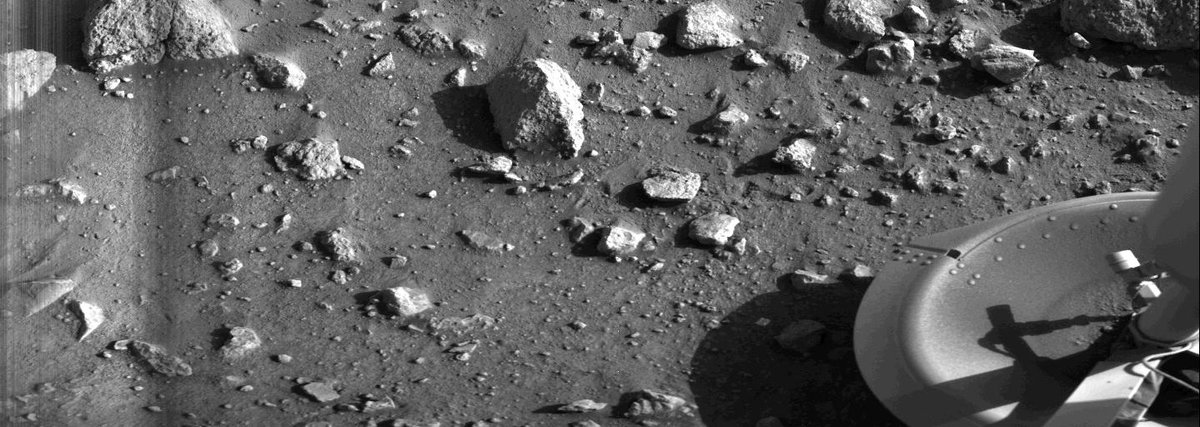
Happy Moon Landing Day! On this day in 1969, Apollo 11 astronauts Neil Armstrong and Buzz Aldrin became the first humans to set foot on the Moon. This photo shows both astronauts on the Moon, with Armstrong reflected in the visor of Aldrin's helmet.
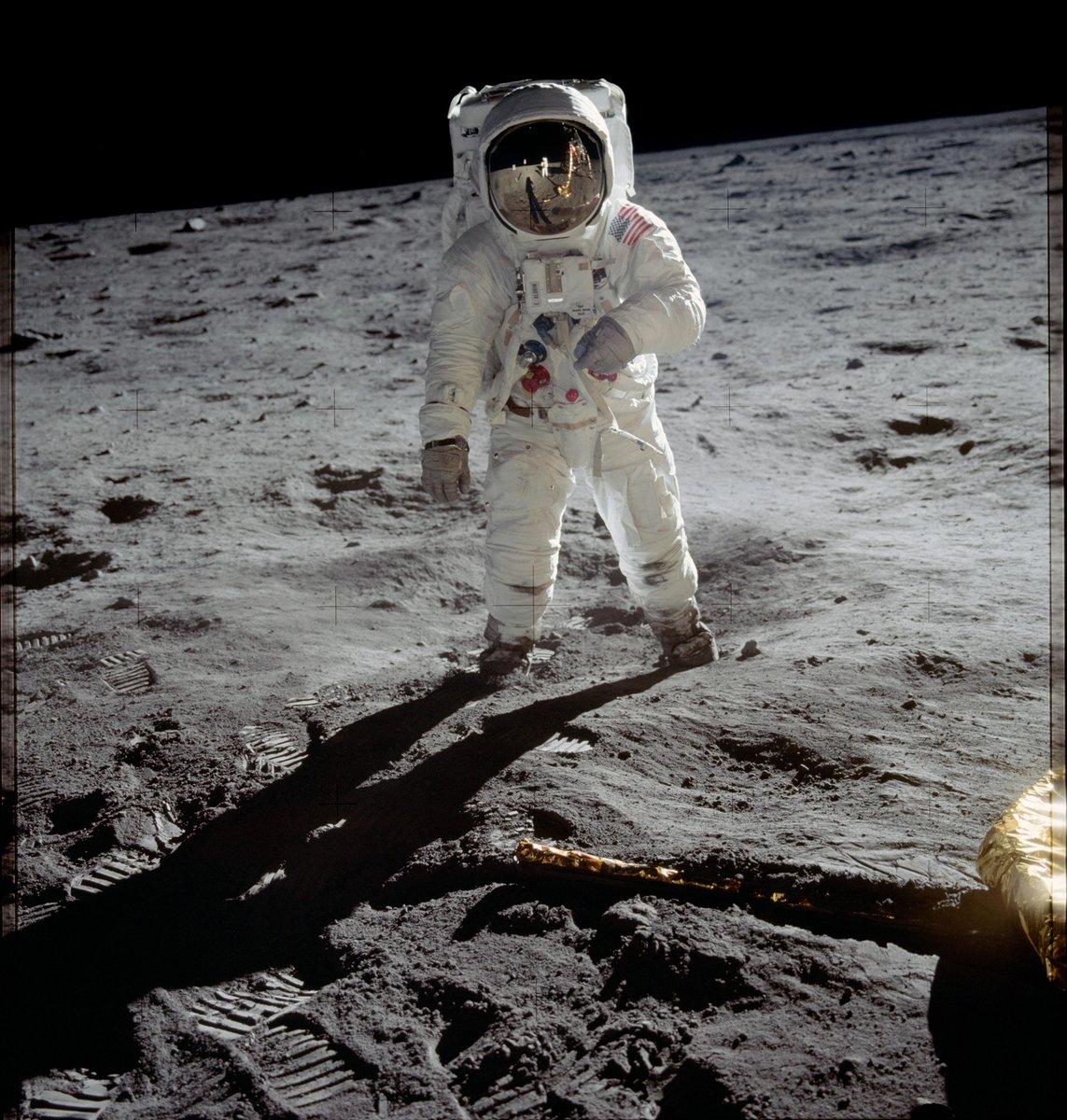
On this day in 2019, after being projected on the Washington Monument for three nights, our #GoForTheMoon Saturn V projection launched for the first time. It was quite a spectacular sight. Watch the full show again: s.si.edu/3PxUy4Q
National ✈️ Museum ➡️ National ✈️ ➕🚀 Museum On this day in 1966, "and Space" was added to our name through Public Law 89-509, officially making us the National Air and Space Museum.
Telstar 1, the world's first active communications satellite, relayed TV programming, faxes, and computer data across the Atlantic. Media coverage of Telstar made it a sensation. The satellite's backup will be featured in "Boeing Milestones of Flight Hall."
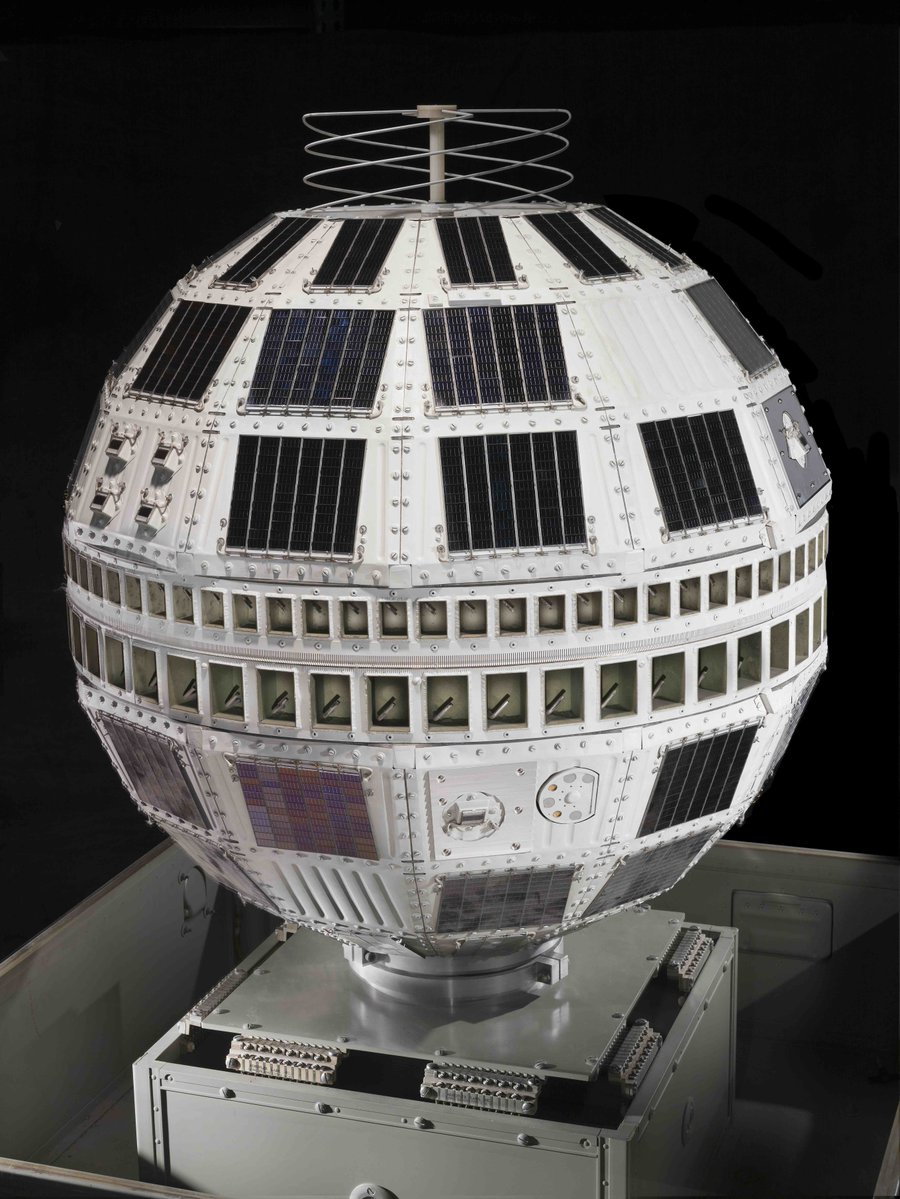
On this day in 1941, the first class of Black aviation cadets (who would become the Tuskegee Airmen) began training at Tuskegee Army Air Field. Learn more about the Tuskegee Airmen: s.si.edu/3JyDYQR
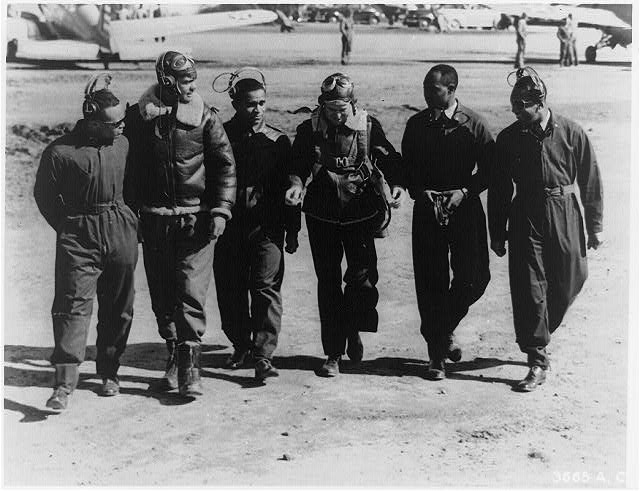
On this day in 1969, Apollo 11 entered lunar orbit and the crew got a close-up look at the Sea of Tranquility, where Neil Armstrong and Buzz Aldrin would land in lunar module Eagle the next day.
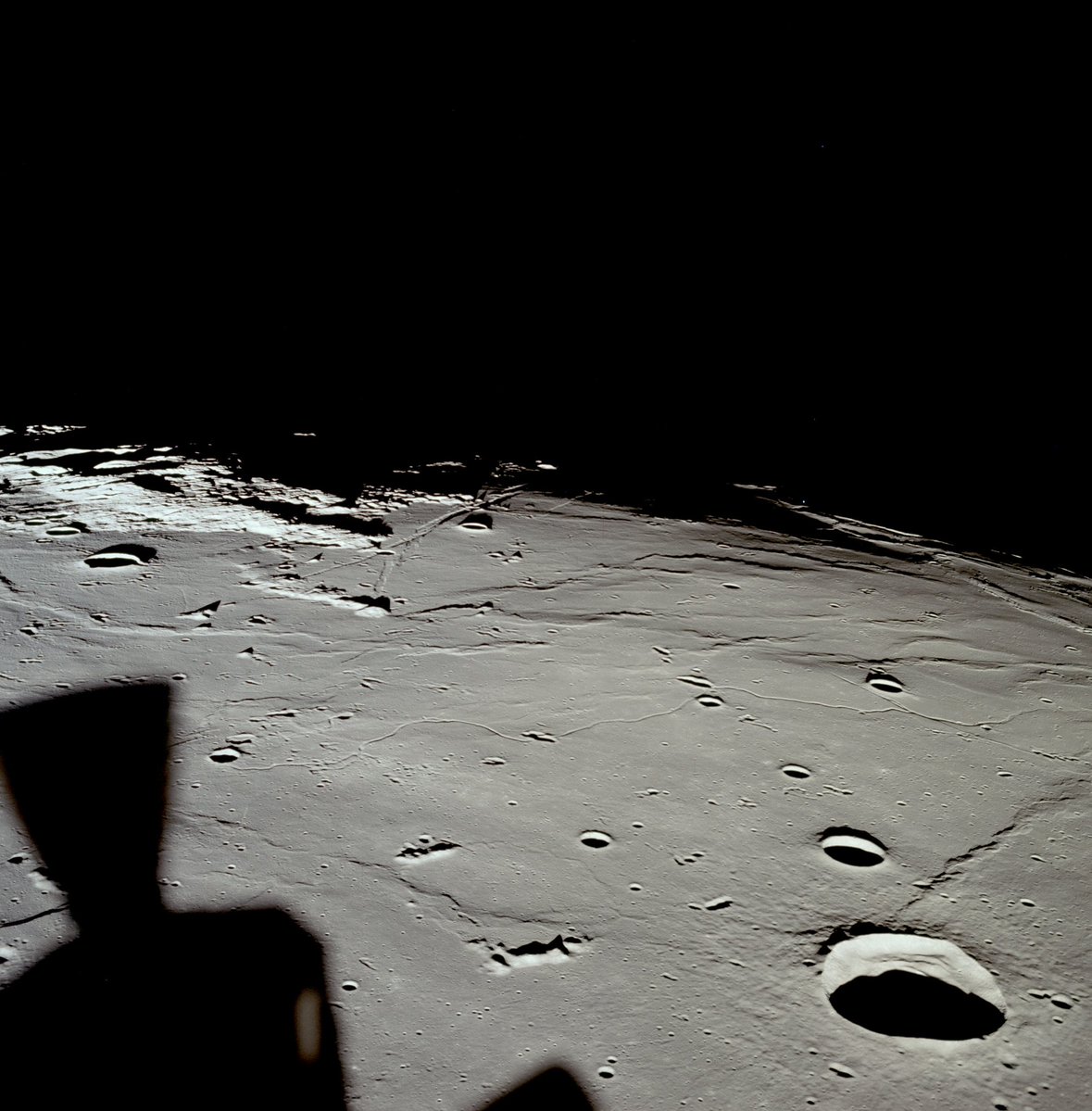
On this day in 1937, Amelia Earhart and Fred Noonan were declared lost at sea after a massive sea and air search following their July 2nd disappearance.
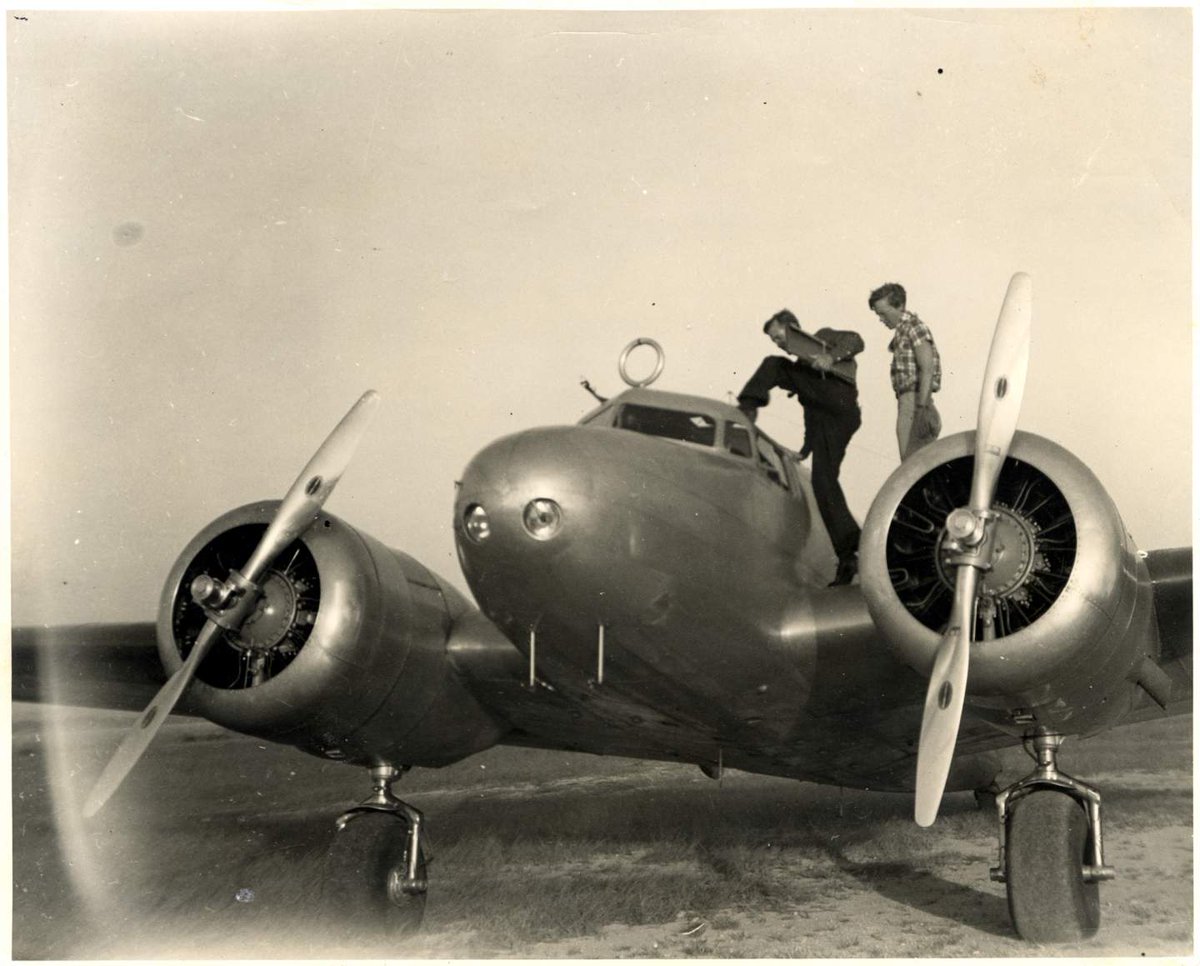
On this day in 1944, Tuskegee Airman Lt. C.D. "Lucky" Lester downed three German aircraft in less than six minutes in the skies over Europe. The oil painting "Two Down, One to Go" by W.S. Phillips portrays Lester achieving the feat.
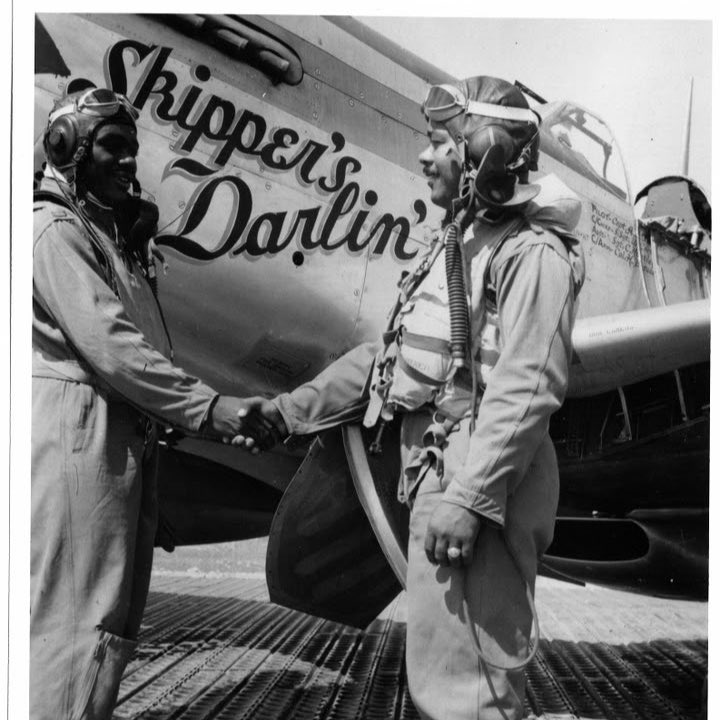
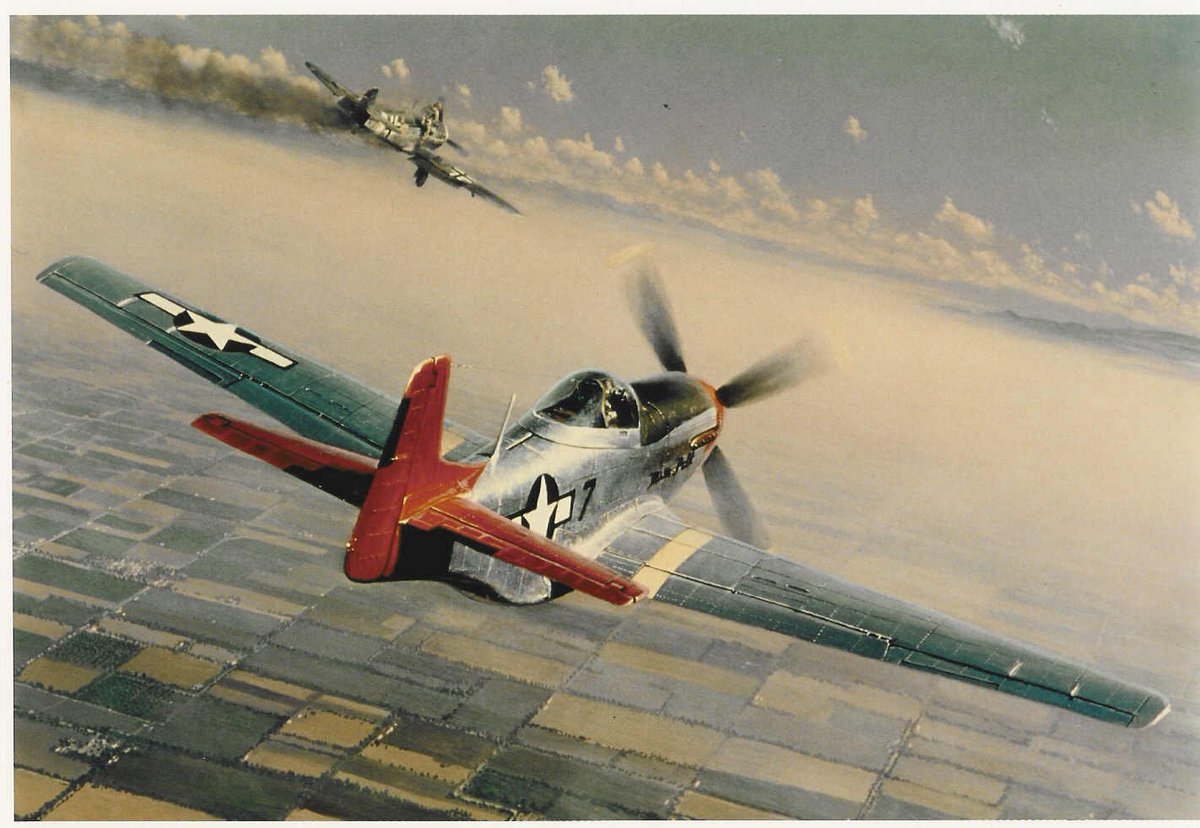
On this day in 1938, Douglas Corrigan earned the nickname “Wrong Way Corrigan” when he "accidentally" flew from New York to Ireland instead of New York to California. 📷: Mirrored New York Post headline about the flight
